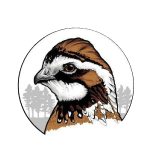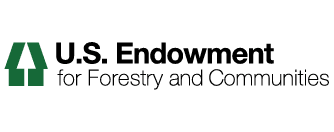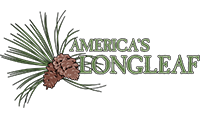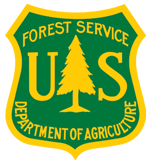Conservation Corridor June 2025 Newsletter
Current Digests
Habitat fragmentation and edges matter for soil microorganisms
New research reveals the significant impact of fragmented habitat on bacteria and fungi in the soil, which provide key ecosystem services but are rarely studied in such a context.
Do pinch points in corridors matter for insect biodiversity?
Surveys of grasshoppers and butterflies across timber plantations in South Africa add to our understanding of how corridor width impacts corridor effectiveness.
Climate warming disproportionately impacts deep-sea connectivity
A global assessment of range shifts in the ocean under climate change shows that the deepest zones are likely to lose the highest amount of connectivity.
Fixing biodiversity leakage to improve conservation success
Although local conservation efforts may be successful, they can also shift biodiversity problems to connected regions without actually solving them.
In the News
- Coalition aims to raise $500 million to support more wildlife crossings (Cowboy State Daily)
- Restoration project aims to link conservation lands to create corridor between Maine and New Hampshire (Inside Climate News)
- Ecuador officially recognizes Cuyabeno-Yasuni Connectiviy Corridor connecting two of Amazon's most important protected areas (Newswise)
- New Mexico approves $50 million for wildlife crossings (Forbes)
- GEF approves $15 million to improve resilience of Eastern Tropical Pacific Marine Corridor (Global Environment Facility)
- USDA awards funding for Zion Connectivity Project to protect forest zones around Utah's Zion National Park (Deseret News)
- India moves forward with plans to expand 17,000 km2 cheetah conservation corridor (The New Indian Express)
Previous Digests
Connectivity Science
Marine reserve networks have outsized benefits for both reefs and fisheries
Connectivity Management
Light pollution decreases usefulness of road underpasses
Connectivity & Climate Change
Connectivity promotes resilience to marine heat waves
Connectivity Policy
New guidance for transboundary conservation
Connectivity in 30x30
Less than 3% of U.S. land is protected and connected


